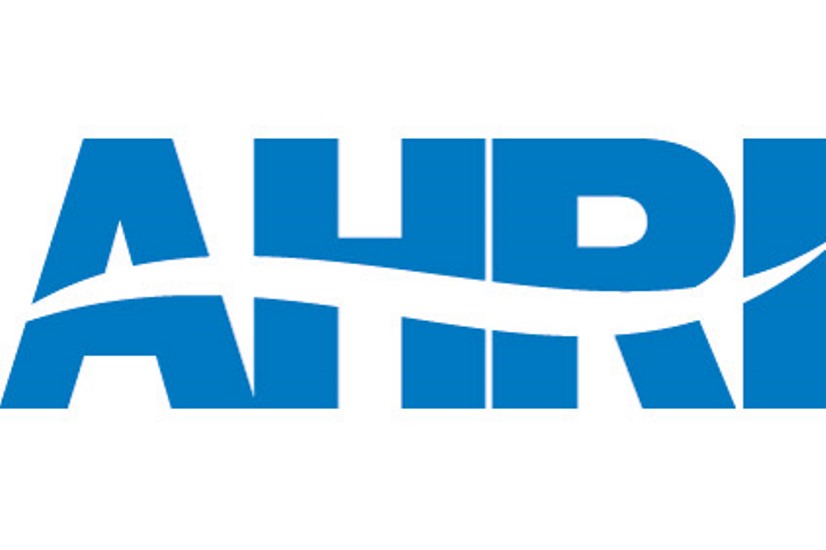Features

CRU Aluminum: Curiously, LME Moves Higher and Midwest Drifts Lower
Written by Stephen Williamson
September 29, 2023
The LME aluminum 3-month price was up 4.7% during the last week of the month to close September trading at $2,325 per metric ton – its highest price since early August. Several correlations appeared to have broken down in the short term given the weakness in the US stock market, a weaker copper price, and, critically, the resurgent dollar.

Meanwhile, the SHFE was closed on Friday, Sept. 29, as the Golden Week holiday began. SHFE aluminum prices were also up, extending their recent robust performance. The cash SHFE contract settled at RMB19,710 per metric ton, a gain of 0.7% on the day. Optimism around future Chinese demand and the strong SHFE aluminum rally in recent weeks were seen as important reasons supporting the gains in the LME price.
The US Midwest premium is being offered below the $0.19.5–0.20 per pound mark CRU last cited. There is very little physical demand nearby and the offer may be just a wishful bid. CRU does have evidence of a 2024 position being booked at $0.205 per pound following the forward curve seen in the year ahead. The CME has shifted to $0.19 per pound into 2024 but a larger contango has started to build in 2024. The current level would be difficult to sustain without any uptick in demand, putting most of the risk in the market to the upside as the current rate is near actual costs for freight, warehousing, and insurance. Any large jumps are unlikely, and the expectations are for the premium to continue to float between $0.19-20 per pound for the remainder of 2023.
UAW Goes for the Jugular to Constrain Parts Supply
In the second week into the UAW strike against the Big 3 US auto OEMS – Ford, GM, and Stellantis – the union leadership layered on phase two of the stand-up strike ordering their rank-and-file at 38 parts centers off the job at noon on Friday, Sept. 22. The 38 parts centers, located in 20 different US states, are part of the GM and Stellantis supply chain. Ford was not targeted in the second wave of strikes as the UAW indicated that there had been substantial progress in negotiations with the company, while GM and Stellantis had not yet made sufficient concessions.
While negotiations are ongoing, the move by the UAW aimed at GM and Stellantis will challenge the parties’ willingness to continue the collective bargaining process affecting 145,000 employees and their 40% share of the North American car and light truck market. Things turned even more political the last week of September as President Biden spoke to striking workers.
Constraining parts supply will have a twofold impact on the auto value chain. New car production will be interrupted, further stalling the appetite of US buyers, and putting repair and maintenance work at risk as the parts supply dwindles. Through the first week of the strike, projected economic losses were pegged at $1.6 billion, and losses are expected to escalate exponentially in the next phases of the stand-up strike against the supply distribution network. On Friday, Sept. 29, the strike was expanded to two other Ford and GM assembly plants.
Chinese and Russian Aluminum Associations Sign MoU
The China Nonferrous Metals Industry Association and the Russian Aluminum Association signed a memorandum of understanding during the last week of September. The agreement focuses on enhancing cooperation in alumina, aluminum processing, and other industries, as well as promoting the greater uptake of aluminum in all industries.
Fan Shunke, deputy secretary of the Chinese association, met with Irina Kazovskaya, chair of the Russian association, in China to sign the document. Shunke noted the importance of China as a consumer and the growth in demand for aluminum in photovoltaics, new energy vehicles, and battery energy storage. The application of aluminum materials in urban furniture and daily household products was also highlighted as an important growth area.
Kazovskaya expressed her interest in expanding aluminum consumption and promoting the sustainable development of Russia’s aluminum industry. The state of geopolitics and the changing trade flows, increasing between China and Russia, give this MoU more context.
Learn more about CRU’s services at www.crugroup.com
Stephen Williamson
Read more from Stephen WilliamsonLatest in Features

Price: Reciprocal tariff changes and potential new tariffs for Brazil, Canada, others
Trade issues do not seem poised to leave the headlines anytime soon. And as recent developments show, the administration’s tariff policy remains ever-changing.

SMU Scrap Survey: Sentiment Indices rise
Both current and future scrap sentiment jumped this month, though survey participants reported responses before key trade news was announced.

HVAC equipment shipments bounce back in May
Heating and cooling equipment shipments grew from April to May, according to the latest data released by the Air-Conditioning, Heating, and Refrigeration Institute (AHRI).

US drilling activity falls further, climbs in Canada
US oil and gas drilling activity continued to decline for the 11th consecutive week, while Canadian counts climbed for the sixth week in a row, according to the latest data from Baker Hughes.

SMU Survey: Sentiment splits, buyers have better view of future than the present
SMU’s Steel Buyers’ Sentiment Indices moved in opposite directions this week. After rebounding from a near five-year low in late June, Current Sentiment slipped again. At the same time, Future Sentiment climbed to a four-month high. Both indices continue to show optimism among buyers about their company’s chances for success, but suggest there is less confidence in that optimism than earlier in the year.
